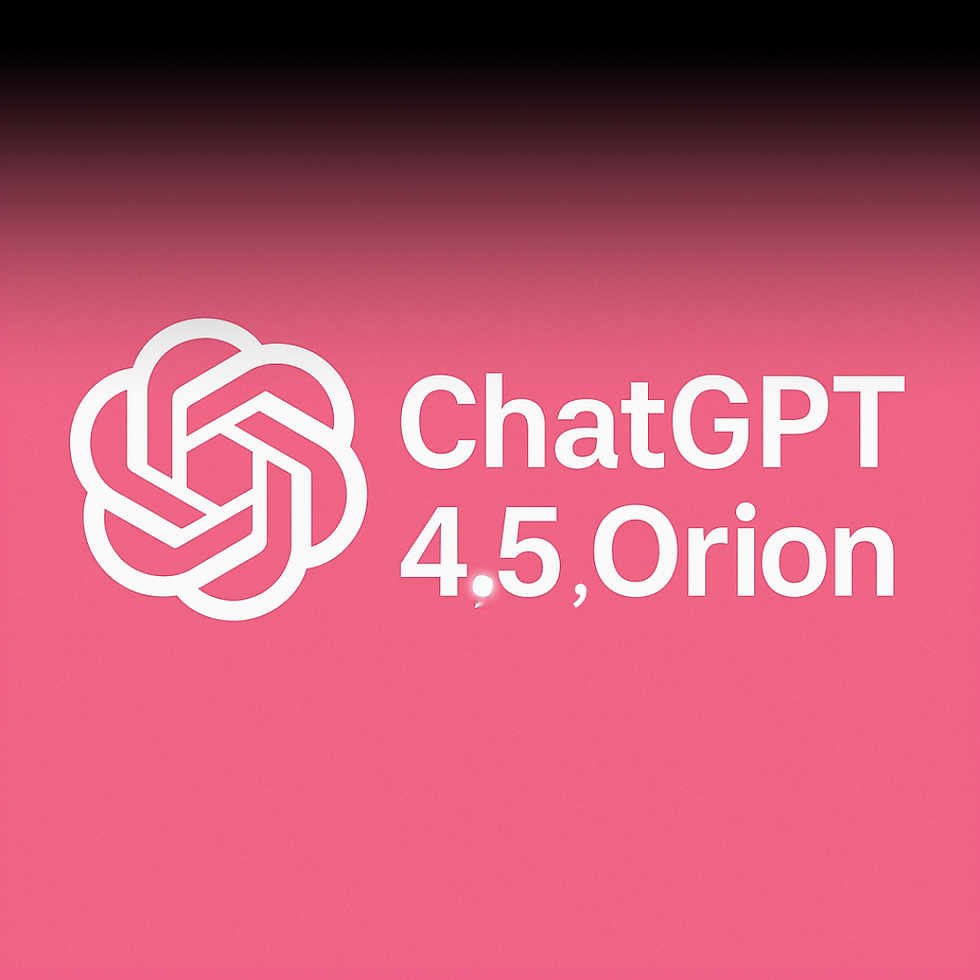EU AI Act: From Rulebook to Runtime
- The Legal Journal On Technology
- May 30
- 2 min read

The EU Artificial Intelligence Act—the world’s first horizontal AI statute—entered into force on 1 August 2024 and starts biting in three phases: prohibitions on “unacceptable-risk” systems (e.g., subliminal biometric manipulation) become illegal to market on 2 February 2025; general-purpose AI (GPAI) (large models usable for many tasks) and governance duties activate on 2 August 2025; full high-risk system obligations (biometrics, critical infrastructure, credit scoring) follow 2 August 2026. Non-compliance triggers fines of up to €35 million or 7 % of global turnover—a GDPR-scale threat.
Compliance won’t be theoretical for long. Swiss start-up LatticeFlow and ETH Zurich released an LLM Checker that stress-tests foundation models for bias drift, prompt-hijack attacks (malicious hidden instructions), and supply-chain disclosure. Meta’s Llama 2 13B scored 0.42 on hijack-resilience—below the informal 0.50 pass bar—while Anthropic’s Claude 3 Opus hit 0.89, showing regulators how automated audits can flag offenders today.
Technically, the Act demands a “lifecycle” log: models must record data provenance, training-run metrics, distribution shifts (changes in input data over time) and jailbreak attempts. This shifts MLOps (machine-learning operations) tools from “nice-to-have dashboards” to legal evidence repositories. Insurers are already quoting 15–25 % premium discounts for corporates streaming real-time compliance telemetry, turning AI risk into a quantifiable underwriting line.
Strategy for boards:
Asset map every algorithm, tag it prohibited, high-risk or limited-risk.
Ring-fence high-risk models behind continuous red-team tests (simulated attacks) and bias drift monitors.
Document everything—auditors will treat missing logs as a breach per se.
Negotiate “co-regulation” paths (sandboxes) early; the Commission is offering reduced supervisory fees to firms with transparent pipelines.
The broader context is geopolitical: the Act’s extraterritorial reach extends to any provider whose model outputs are used in the EU, forcing U.S. and Asian SaaS vendors either to ship an EU-compliant branch or geo-block Europeans—handing market share to compliant rivals. The AI-Act era will feel like “GDPR for code”: a paperwork burden for laggards, a trust dividend for the prepared.








Comments